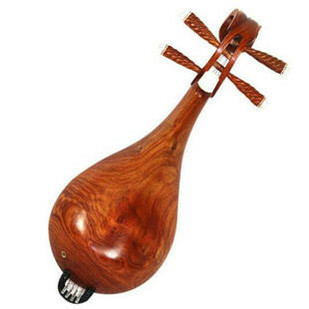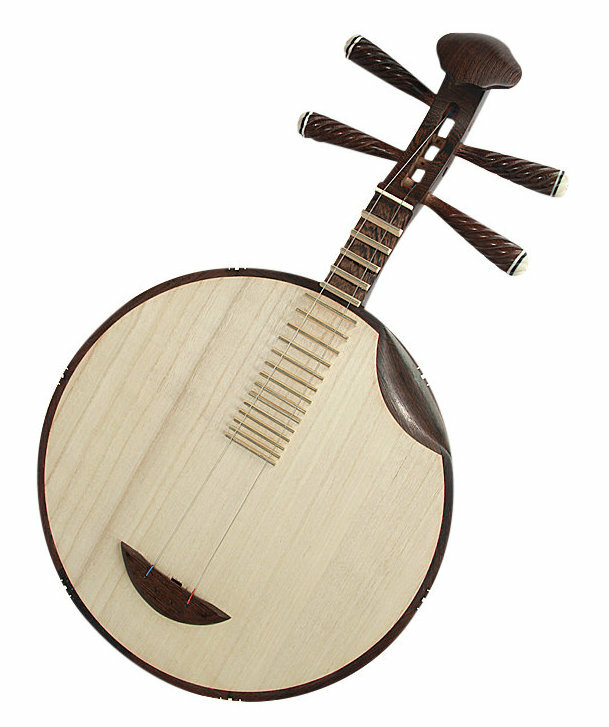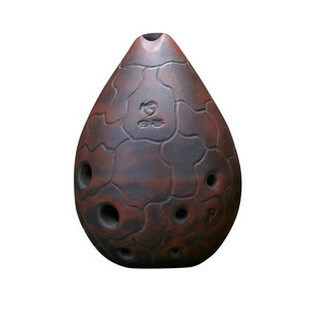9th May 2024
The Pressing Techniques of Guzheng - Trembling and Upward Sliding
Guzheng, as a traditional plucked string instrument of the Han ethnic group, not only has a wide range and beautiful and pleasant sound, but its playing skills are also extremely rich. As an important ethnic instrument, the guzheng's tone system adopts the traditional pentatonic scale, namely the gong, shang, jiao, zheng, and yu, which are referred to as 1 (do), 2 (re), 3 (mi), 5 (sol), and 6 (la) in our simplified notation. Compared to the seventh tone scale, there are 4 (fa) and 7 (si) fewer notes, which means that these two notes need to be achieved through the pressing of the left hand. As a representative traditional plucked string instrument, for thousands of years, the Guzheng has emphasized the importance of using rhythm to complement sound. The character "yun" not only reflects the characteristics of the sound of the guzheng, but also showcases the technique of pressing the strings with the left hand during performance to the fullest.
The so-called "rhythm" relies on the performer's left hand to create it, in order to achieve the state of "where there is rhythm, where there is life of guzheng music", and it requires the technique of pressing the strings with the left hand. To press the note with the left hand, it is necessary to first determine its position. If the placement is too close, it cannot be moved, and if the placement is too far, the pitch accuracy may not be achieved. Therefore, it is best for our left hand to be placed 15-20 centimeters away from the bridge. The left hand shape is consistent with the right hand shape, forming a hollow half clenched fist shape. Open the thumb and form a C-shape with the index finger. When pressing the strings, use the index finger, middle finger, and ring finger of the left hand to close their finger pulps and simultaneously place them on the strings and press them down. Remember to keep the left wrist and forearm flat, and avoid incorrect forms such as arching the wrist, shrugging and lifting the arm, severely pressing the wrist down, or rasing the hand surface. The most basic sound we need to press on our left hand is tremolo.
During the tremolo process, not only do we need to maintain the correct hand shape, but we also need to tremor to create a sense of charm. Tremors start with slow tremors, with the right hand playing the strings, and the left hand slowly releasing the strings back to their original position, repeating back and forth until the duration of the note ends. After mastering the slow tremor, you can try to accelerate to fast tremor. The accuracy of our normal tremor is a second relationship. If you encounter a large tremor, you can apply more force and produce a third tremor. Regardless of the type of tremor, remember to have a uniform speed in the up and down of the left hand during the tremor, and not to fluctuate suddenly rapidly or suddenly slowly. Tremors are highly elastic, appearing alternately as they raise and fall, making the sound more rounded and pleasing to the ear. The "ryhthm" of the upward glide is particularly important in traditional music, whether it is the correctness of pressing the strings or the accuracy of the pressed pitches.If you want to have a lasting effect, the performer's skills are strictly required, and multiple exercises in the early stage are very necessary.
Upward glide, play with the right hand first, and after playing with the left hand, press down on the string until the accuracy of the pressed string is one note higher than just now. Keep the left hand still until the next note is played before releasing it, or slowly release it when the remaining notes of the note disappear. If the last note played after the slide is the same string as the one just played, and the right hand is ready to play again, at the moment when the fingertip of the right hand touches the string, the left hand quickly moves up and down to release the string, without any sound of slide back during this process. The above are the method and precautions for tremolo and glide that we will explain today. We hope that through practice, everyone can play "rhythm" of the guzheng.















